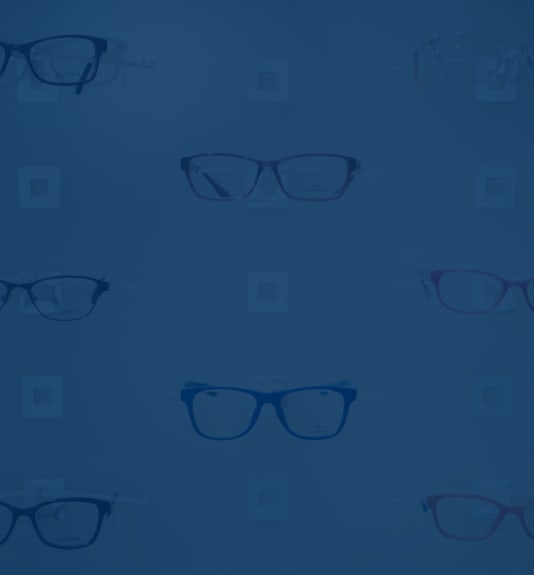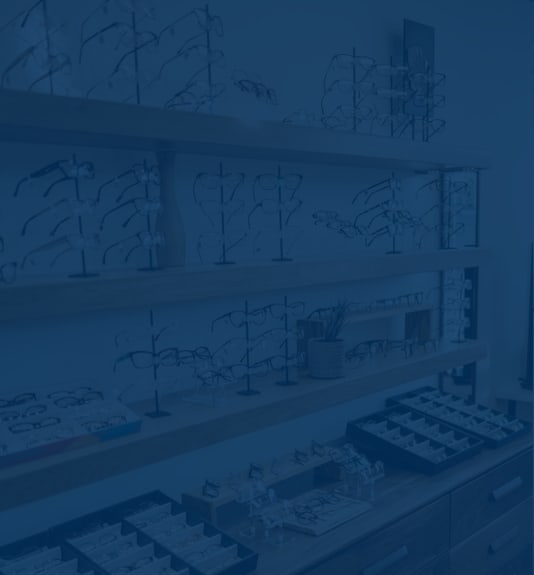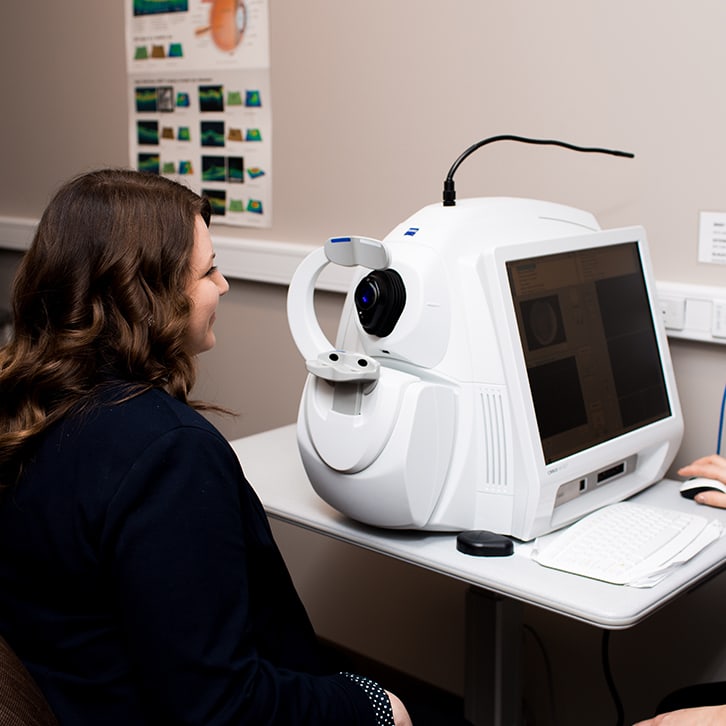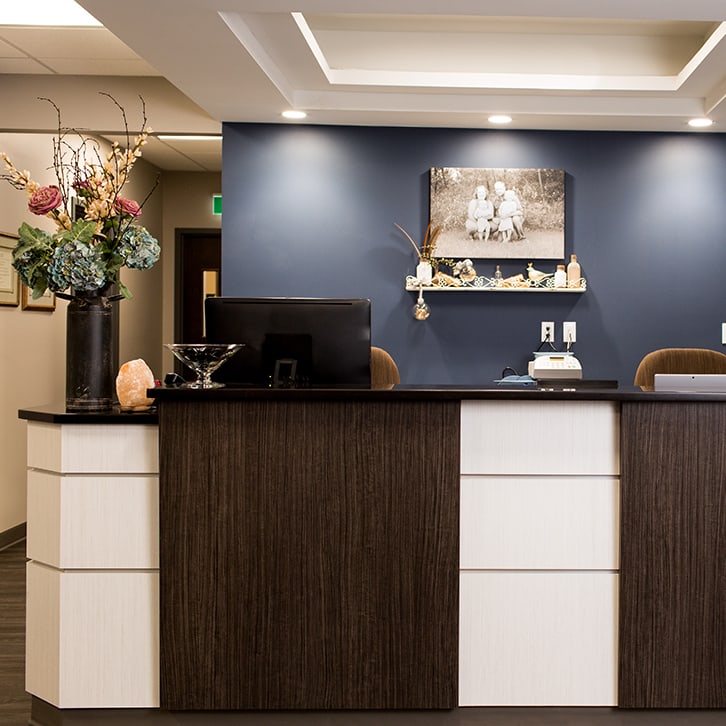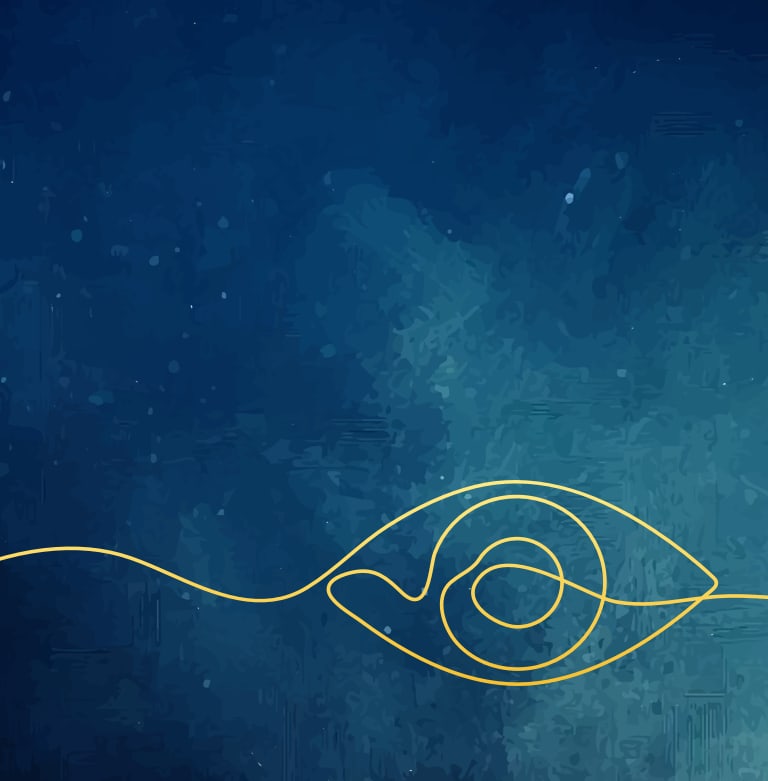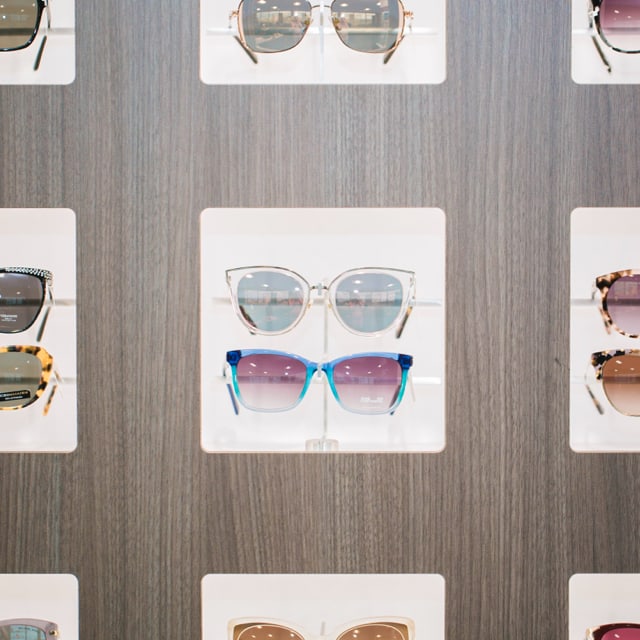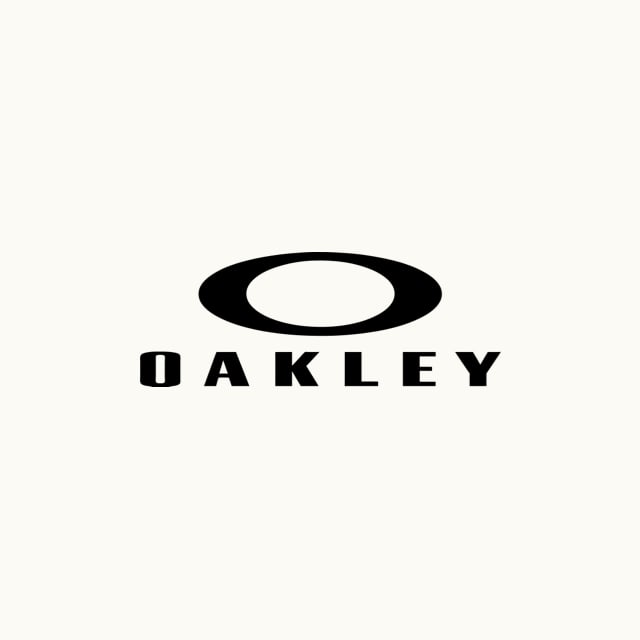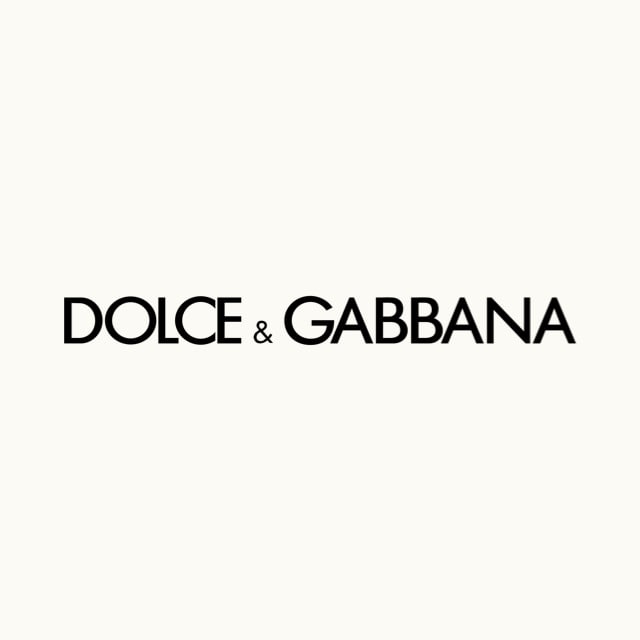Myopia, often referred to as nearsightedness, is one of the most common refractive errors in the world today. It’s caused by an abnormal development in the eye’s shape. Unfortunately, once the eye physically changes, myopia cannot be reversed. Although, it’s important to note that some effective myopia control options are available to slow or stop the refractive error’s progression.
Ultimately, the first step if your child is having difficulty with their distant vision is to book an eye exam with your eye doctor. They can perform a comprehensive children’s eye examination and offer tailored advice and treatment or correction options to keep your child’s vision clear and their eyes healthy.
What Is Myopia?
Myopia is an eye condition that makes distant objects appear blurry while keeping near ones in crisp focus. It’s caused by the shape of the eyeball being too long or the cornea being too curved. This prevents light from focusing correctly on the retina.
Myopia is prevalent, affecting over 30% of the world’s population, and experts expect that to rise to 50% by 2050. Genetics, prolonged screen time, and reduced outdoor activities are thought to contribute to this increase. With numbers like these, understanding and controlling myopia has become more critical than ever.
Can Myopia Be Cured?
We don’t yet have the medical advancements to reverse myopia once the eyeball has physically changed. But certain methods, typically called “myopia control,” can slow or stop the refractive error’s progression.
One thing that may come up in conversation regarding myopia treatment is laser eye surgery. While surgical solutions like LASIK can correct myopia for adults, it doesn’t “reverse” the condition—instead, it reshapes the cornea to improve vision. An option like LASIK is also typically reserved for adults with a stable prescription.
The focus is more on myopia control than reversal when it comes to children and teens. This means slowing down how quickly the changes occur versus curing it outright. The eyeball eventually stops growing and changing, reducing the need for myopia control.
Myopia Control Methods
There are several evidence-based options available for controlling myopia.
Atropine Eye Drops
Atropine eye drops are widely regarded as an effective tool for slowing myopia in children. At low doses, atropine helps relax the eye muscles responsible for focusing, reducing the strain that can contribute to myopia progression.
Studies have shown that low-concentration atropine (0.01% to 0.05%) can slow myopia progression by up to 50%. While low-dose atropine is generally safe, some individuals report light sensitivity or mild irritation. But these effects are typically temporary.
Orthokeratology (Ortho-K)
Orthokeratology, or ortho-k for short, is a non-surgical treatment that involves wearing specially designed rigid contact lenses overnight. These lenses temporarily reshape the cornea while you sleep, allowing you to have clear vision without glasses or contacts during the day.
Ortho-k requires commitment and care, as proper cleaning and lens maintenance are essential for safety. Ortho-k could be an ideal solution if you or your child prefer a non-invasive option to glasses or daily contacts.

Specialized Lenses
Specialized lenses, particularly multifocal and peripheral defocus lenses, are another promising option for controlling myopia. These lenses are designed to reduce strain and refocus light on the retina to prevent further eye elongation. These lenses are typically available for glasses and contact lenses.
Specialized lenses are a versatile solution suitable for both children and adults. If you’re already wearing glasses or contacts, upgrading to anti-myopia lenses could be a simple step toward better management.
Lifestyle Changes to Manage Myopia
Beyond medical interventions, lifestyle can play a significant role in managing—and even preventing—myopia progression.
Encourage Outdoor Time
Studies have shown that children who spend more time outdoors are at a lower risk of developing myopia. Aim for at least 2 hours a day of outdoor play to promote eye health.
Limit Screen Time
Digital devices are a significant contributor to modern myopia cases. Encourage your child to follow the 20-20-20 rule—every 20 minutes, take a 20-second break to look at something 20 feet away.
Maintain Proper Reading Habits
Get your child to hold books at least an arm’s length away and ensure they read in well-lit conditions. Poor lighting and close proximity can strain your child’s eyes, potentially speeding up myopia development.
Support with Eye-Friendly Nutrition
Eat more leafy greens, fish rich in omega-3, and fruits high in antioxidants. Proper nutrition supports healthy vision and overall well-being.
Safeguarding Your Child’s Vision
Myopia may not be reversible, but with the proper steps, it’s manageable. Early intervention is the key to preventing severe progression and ensuring better long-term eye health.
Don’t underestimate the power of lifestyle changes—they go hand-in-hand with medical treatments for the best results. But don’t put off consulting with your child’s eye doctor to explore myopia control methods.
Call our team at Prairie Vision today to book a comprehensive eye examination for your child. The eye doctor can examine your child’s eye and offer tailored advice.


